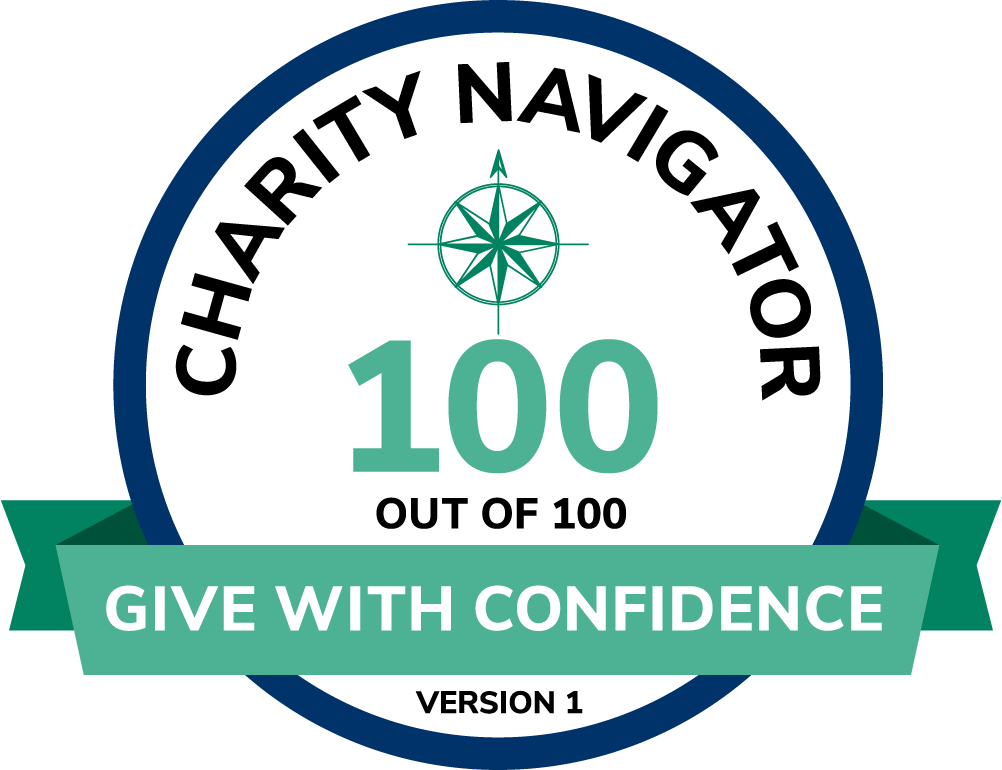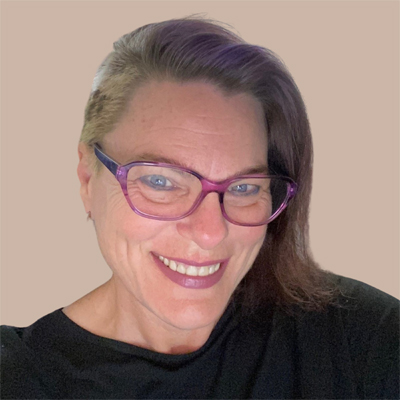Mother Superior Amutha Theos (“Sister Amutha”) visited the WC office in Sisters, Oregon to ask for our help. Pictured in the photo above from left to right are Amy, Development Director and Sr. Amutha, Mother Superior of Sacred Heart of Jesus in the front, and Andy, Operations Director, David, Executive Director, Jean, Finance Director, Patrick, President in the back.
20,000 Miles and Counting
Sacred Heart’s Sister Amutha Inspires with Admirable Endurance
A 10,000-plus-mile journey. Jet lag. All-day delays. Tangled connections. It’s enough to exhaust one’s energy and frazzle even the most sanguine temperament. But Sister Amutha Theos’ endurance runs deep. She has earned every strand of silver in her hair. And that strength serves her mission well as she travels the great lengths—and distances—necessary to bring help to India’s neediest youths.
Greeted at the airport, Sister Amutha has come straight to our World’s Children office. She’s sipping a bit of warm herbal tea to preserve her voice and soothe a dry cough. She sits back, relaxes into her chair, sighs and smiles. It’s been a long day. Her flight was due six hours earlier. No worries, she says. Orphanage work, like travel, always involves a measure of unpredictability.
For us, this visit is—to say the least—a big deal. It’s an opportunity to connect one-to-one with the head of India’s Sisters of the Sacred Heart Congregation—a key member of our World’s Children family.

Sacred Heart operates a nursing college and 11 orphanages in southern India. WC donors support children and do projects at eight of these homes. Those include St. Anthony’s, a reliable partner for 30-plus years. Last quarter alone, donors provided $52,000 in funding for Sacred Heart projects and programs. Donors also support scholarships for the nursing students.
Dedication to Aspiring Nurses
Her belief in nursing as the answer to so many girls’ futures has brought Sister Amutha to the U.S. She comes to Oregon via Pennsylvania’s Villa Maria School of Nursing. There, she was pursuing guest lecturers and exchange opportunities for her students at home in Tamil Nadu. During her whirlwind visit we’ll learn much about the needs and conditions on the ground at the nursing school and orphanages. It’s precious insight as we look to more effectively serve World’s Children orphans and donors.
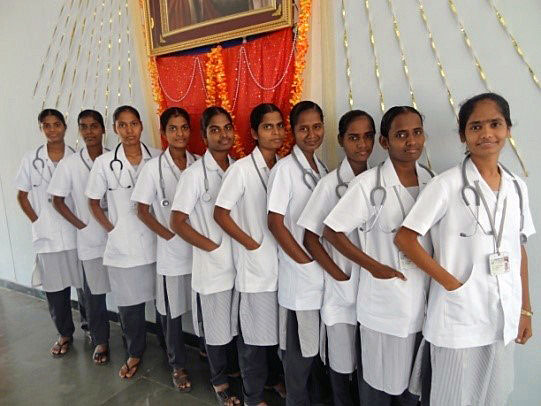
A bridge between two worlds
English is a second language to Sister Amutha. But, like many natives of India, she’s very conversant. Her gestures radiate kindness and she’s quick to smile and laugh, eager to share. She repeatedly, graciously thanks us and WC donors. And she displays a depth of understanding that comes from truly knowing the territory in which she works—including the tough realities. But she’s full of hope, too.
As she talks, you see a woman operating at the crossroads of two competing worlds: the way things could be, versus the way things are. And she’s clearly, keenly interested in finding the means to merge those two into a new reality.
In India, “there is always a great need,” Sister Amutha says. The ultimate solution, she says: education and living-wage vocations. She hopes to further her goal through outreach and travel to the U.S.
With its 288 nuns, Sacred Heart Congregation fulfills many needs across southern India. In addition to their regular orphanages, the sisters run homes for children with disabilities and for the very elderly who are neglected or abandoned by their families. They also work in rural areas to teach about health, provide care, discourage child marriage, and empower the poor with employable skills.
For her work, a Sacred Heart sister will monthly earn about 5,000 rupees—roughly $77. She’ll keep about $20 of that for personal needs. The rest, she’ll pour back into her orphanage.
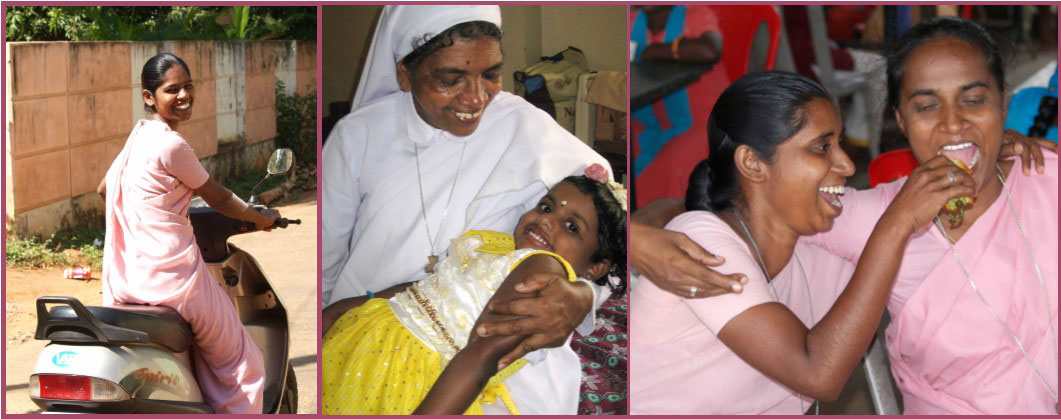
Orphanages offer stability in the present
Sacred Heart currently serves more than 1,500 orphans, semi-orphans and abandoned children. “They totally depend on us for everything,” Sister Amutha says.
The children find a new kind of family. “They are encouraged to treat each other as brothers and sisters and to share their joys and sorrows among them, which creates a family atmosphere. All these efforts are to make them never to feel loneliness or missing their family.”
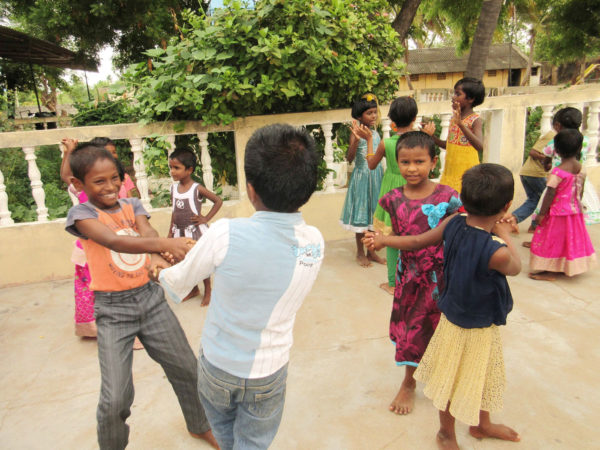
Scholarships offer stability for the future
The nuns work hard to keep their flock tightly gathered around studies. And they regularly travel to nearby villages to retrieve a stray semi-orphan. Often, a relative wants the child as an income source—a day-laborer, Sister Amutha says. But there’s no real future there.
“Education is the most effective way to make them self-sufficient,” she says. Upon finding secure, living-wage jobs, the students often express their gratitude through direct action. “Most of them want to give back from their incomes some money to help the orphanage and its mission.”
Vocations like basket-weaving and tailoring are common. Meanwhile, students who are academically inclined often pursue scholarships for nursing and engineering coursework.
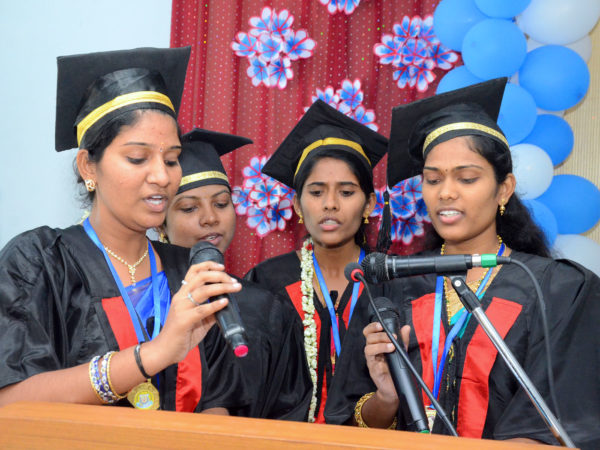
With tuition starting at about $1,000 per year, nursing in particular provides a relatively inexpensive, quick and reliable path to a better life.
“Most girls have already found a job before they even graduate,” Sister Amutha says.
Because of a high demand, nursing has become a relatively lucrative career that also offers geographical mobility. Sister Amutha works every angle to give orphans and girls from very poor families a chance to grab that brass ring. The key is finding scholarships, she says. Because government loans require collateral for student loans, that requirement often puts those loans out of reach.
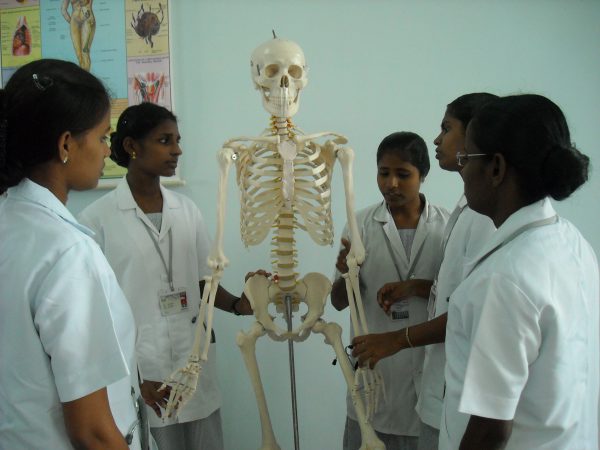
The things you can’t change; and the things you can
We also discuss other opportunities. For instance, we ask about the most effective ways to bring more computers into more homes. Sister Amutha acknowledges this will help the kids with their studies and prepare them for careers. Many orphanages lack basic infrastructure to accommodate computers, she notes. But some minor adjustments would make Sacred Heart’s Annai Scholastica a good candidate for this sort of upgrade.
We also talk about challenges. Sister Amutha notes an increase in standards for orphanage facilities in India. These include more toilets per home and greater separation between boys’ and girls’ dormitories.
But building projects undertaken to upgrade facilities are facing some delays, noting the construction boom in India as a factor. That boom is creating critical shortages of sand—an essential raw material for glass, cement and mortar, she says.
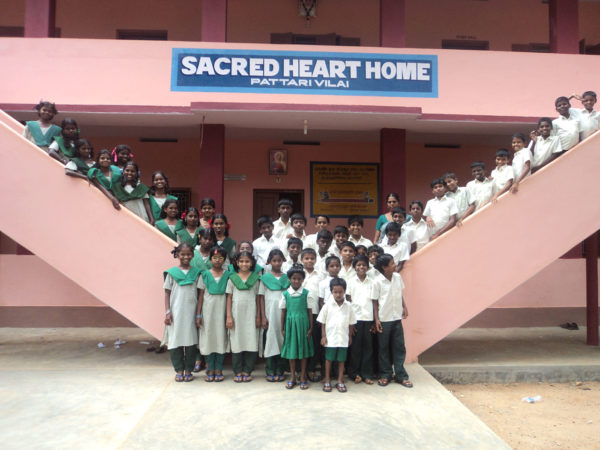
Sister Amutha maintains a healthy attitude about these challenges. There are the things in the world she can’t change. And then there are the things she can. …This inevitably leads her back to her scholarship students.
For each nursing student who finds a scholarship, many lives are forever improved, she reiterates. “The girls change their own lives and the lives of their entire families.”
She’s hopeful we understand. And we do. We assure her we’ll keep doing our best for Sacred Heart and our other homes. She offers a sincere smile and thanks us yet again.
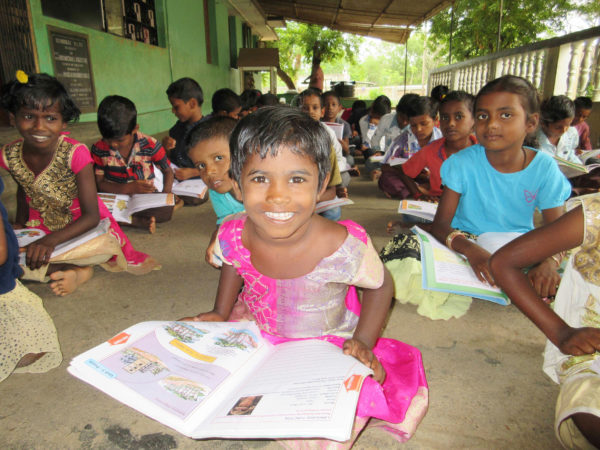
It’s after 5 p.m. now. In less than 12 hours—after dinner with our directors and a night’s rest—Sister Amutha will be well on her way back to the airport. It’s the first step in another 10,000-mile journey.
But it’s her pleasure to give herself fully to her work, she says. It’s a labor of love; and there’s both peace and strength in that.


